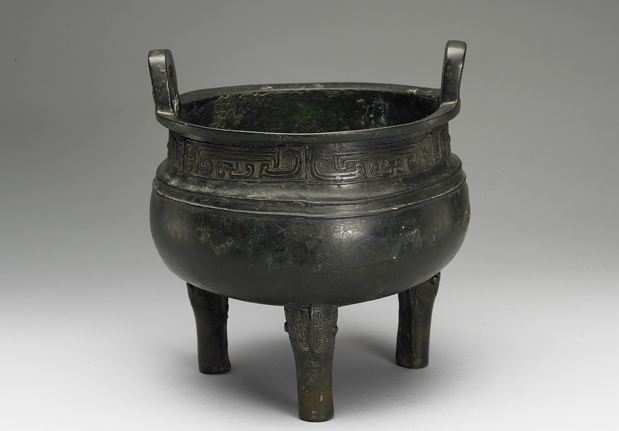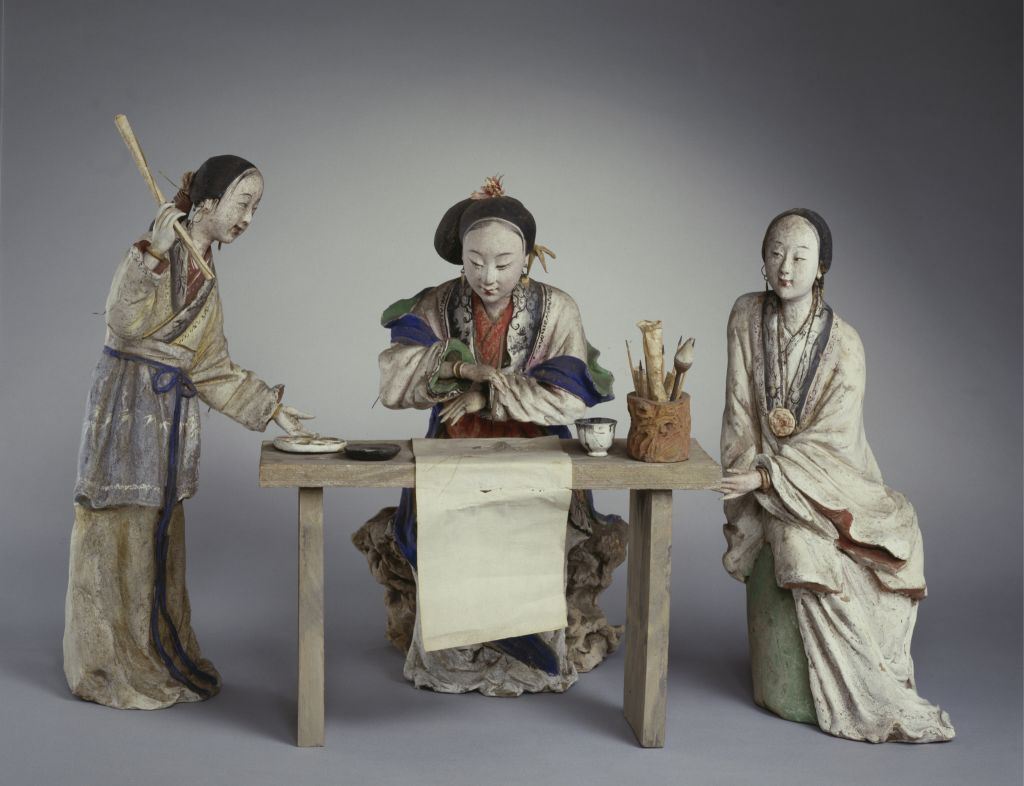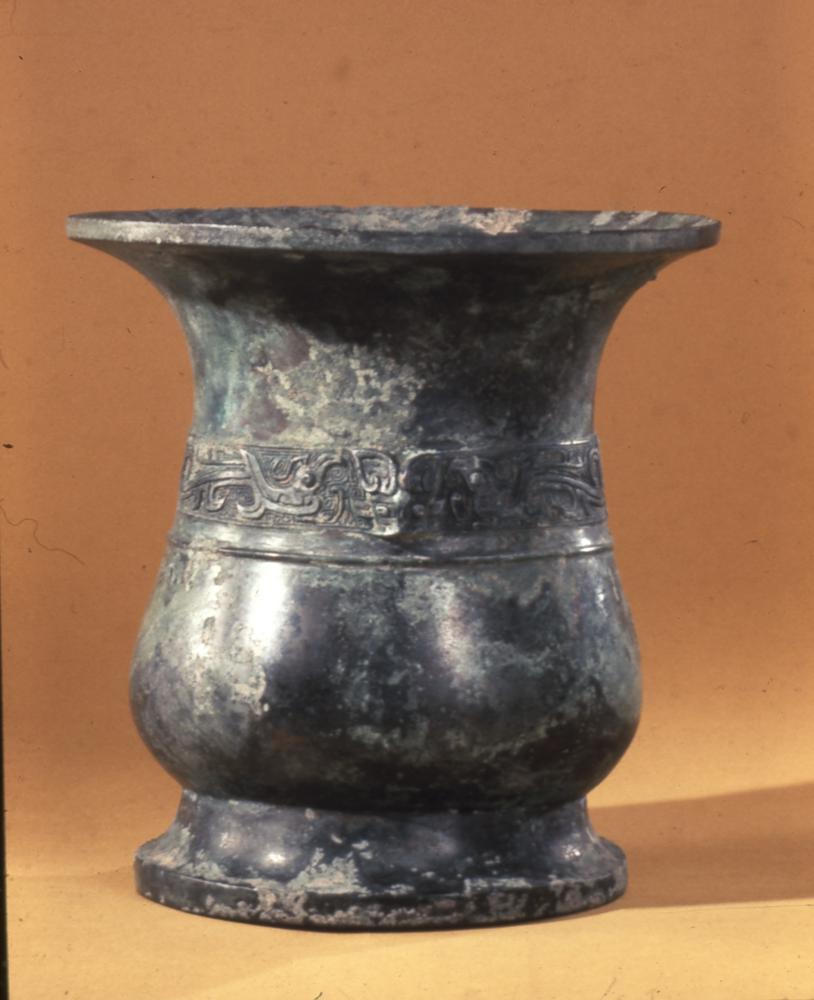[Axis of Emperor Qianlong’s Imperial Paintings and Scenery of Immortal Pot and Shu]
Axis of Emperor Qianlong’s Imperial Paintings and Scenery of Immortal Pot and Shu, Qing Dynasty Qianlong, 82cm in length and 36cm in width. The old collection of the Qing Palace
This axis is a tapestry painting by Emperor Gaozong of the Qing Dynasty. In the picture, there are beige ground colored tapestry vases and objects such as plum blossoms, daffodils, bamboo, ganoderma lucidum, as well as fresh potted grass, radishes, and vegetables in the vases, in order to take the meaning of “immortal pot and beautiful scenery”. The work adopts a decorative method of combining dichromatic halo and fading halo, using techniques such as flat tapestry and structural tapestry, and partially rendering and color compensation. On the left side of the screen, there are ink tapestry inscriptions in the imperial script, such as “Immortal Pot and Shu Jing”, and ink tapestry inscriptions, such as “Qian”, “Long”, “Haomiao Ran”, “Elegance of Elegance Brings Spring”, and “True and Humane Meaning”
Since the rise of literati painting in the Song Dynasty, many literati flower and bird painters have emerged, such as Qian Xuan in the Yuan Dynasty, Wang Guxiang in the Ming Dynasty, and Jin Nong in the Qing Dynasty. Their works either use ink or color to accurately express objects, with light colors, simple and elegant strokes, and an elegant and childish writing charm. This picture has the obvious characteristics of literati flower and bird paintings. The composition of the work is simple and lively, the tapestry is meticulous, the color is faint and the rendering is natural and harmonious, with a good decorative effect.
![图片[1]-Picture axis of immortal pot and Shu scenery with Kesi Qianlong imperial pen-China Archive](https://chinaarchive.net/Warring States period/tapestry and embroidery/14156.jpg)





